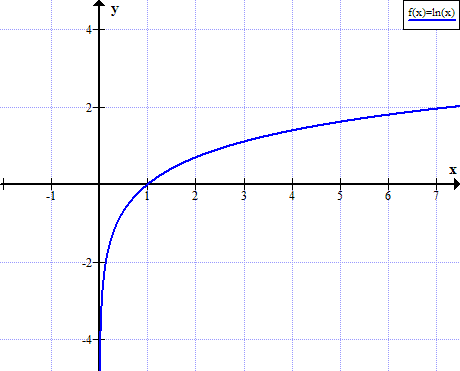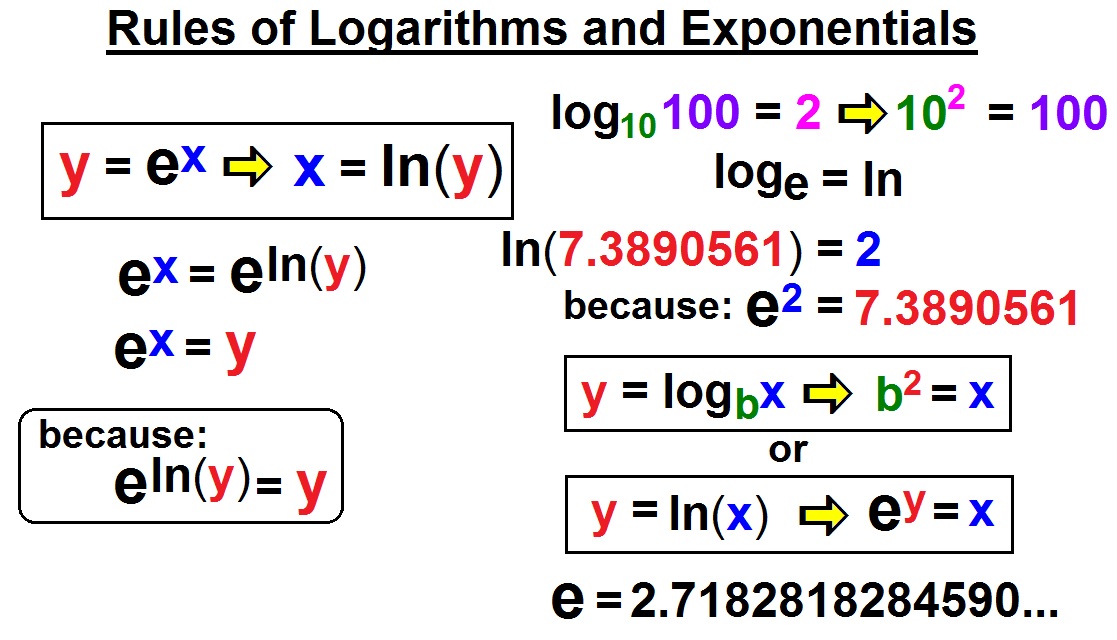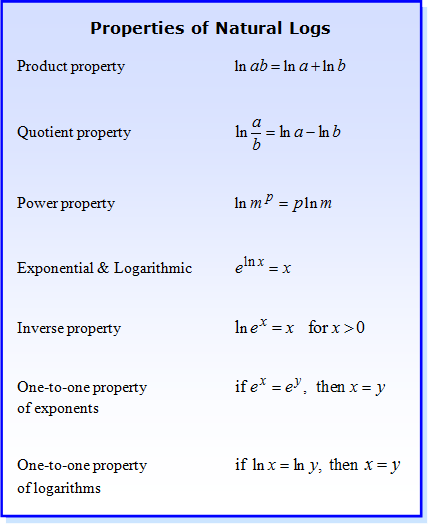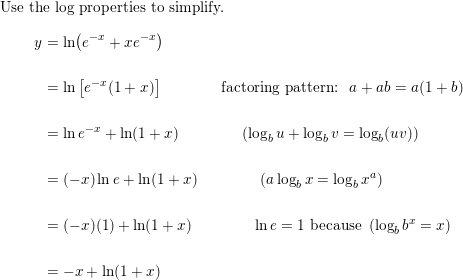
Describe the graphs of y = e^x and y = ln x. Relate one graph with the other and describe that relationship. | Homework.Study.com

Find the slope of the graph of y = ((ln x)^4)/x at the point (e, 1/e). Slope is ___. Now find an equation for the tangent line at that point, then solve



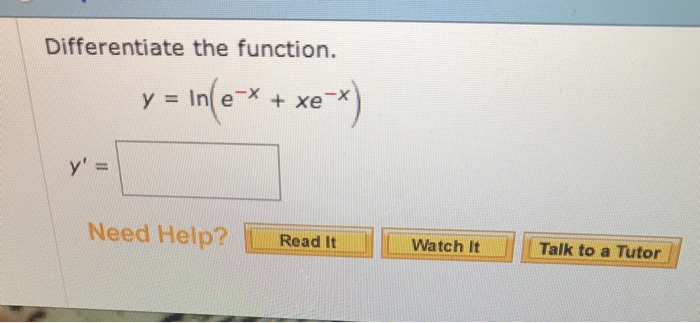
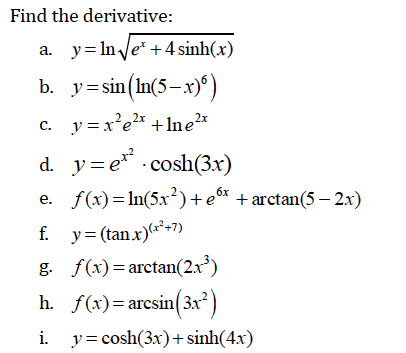

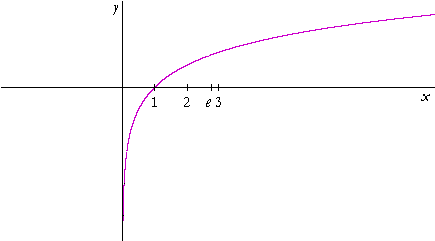
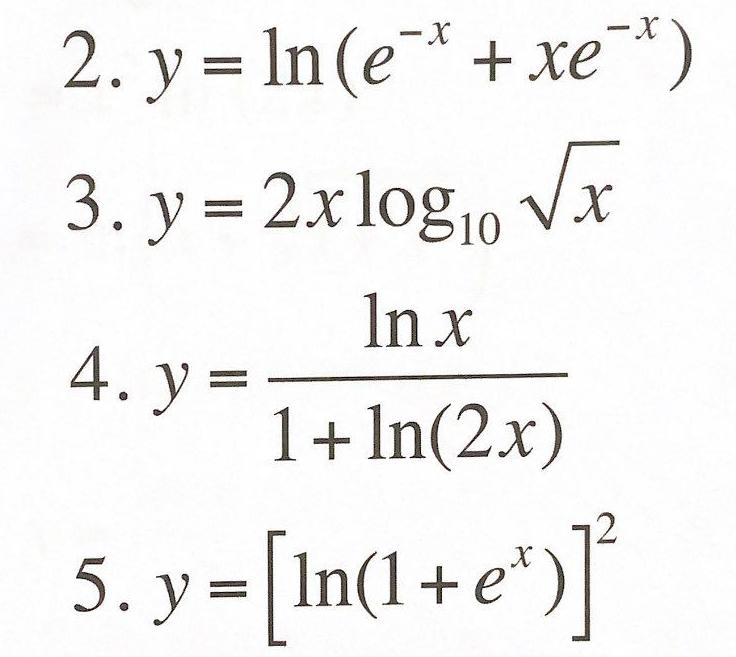
)=\ln(5)&line2=\mathrm{Solution:\:}y=\ln(e^{x}%2B2))
